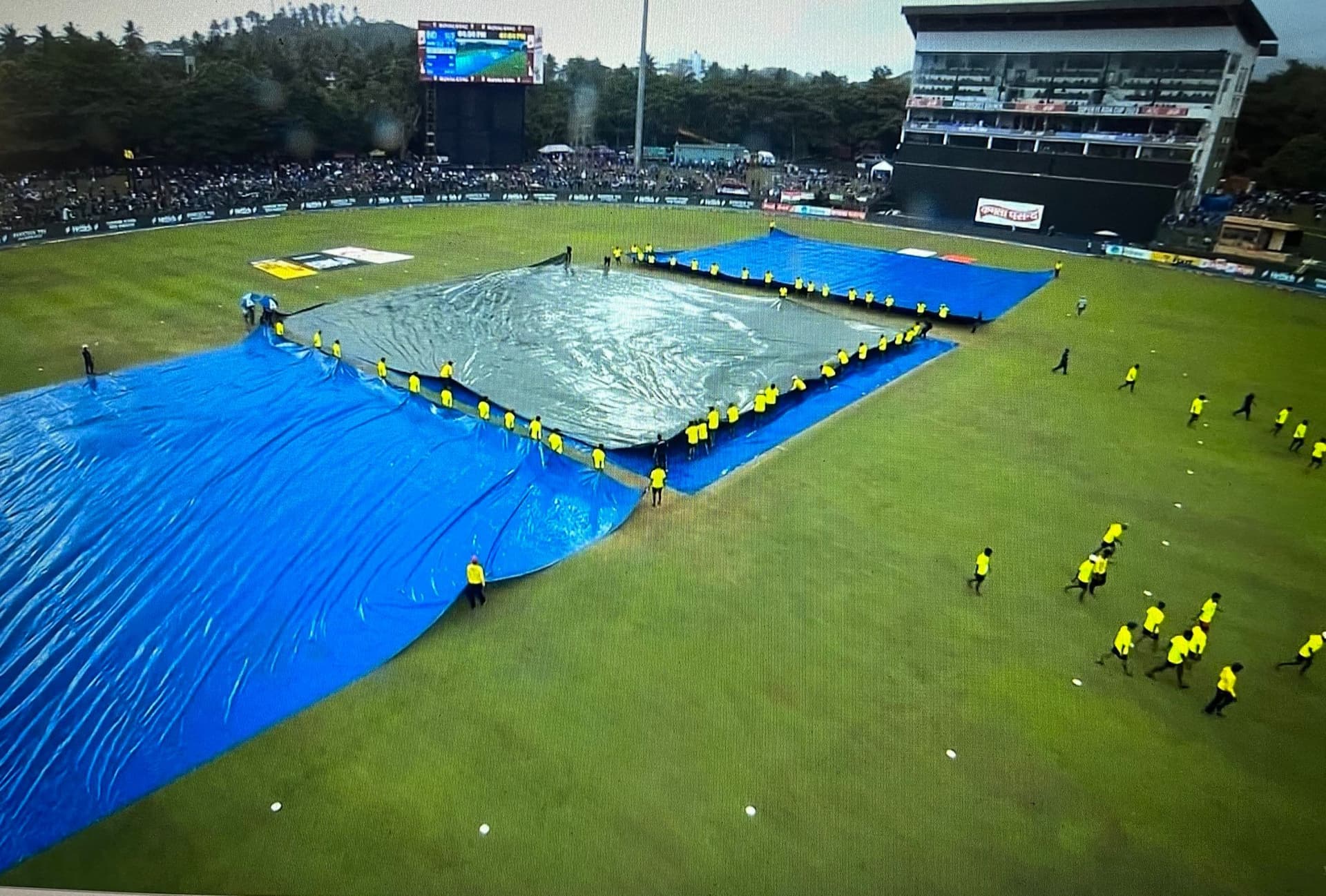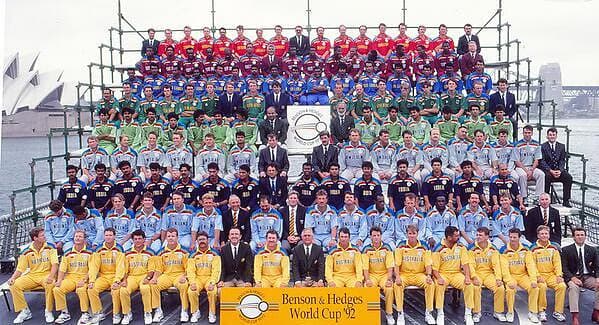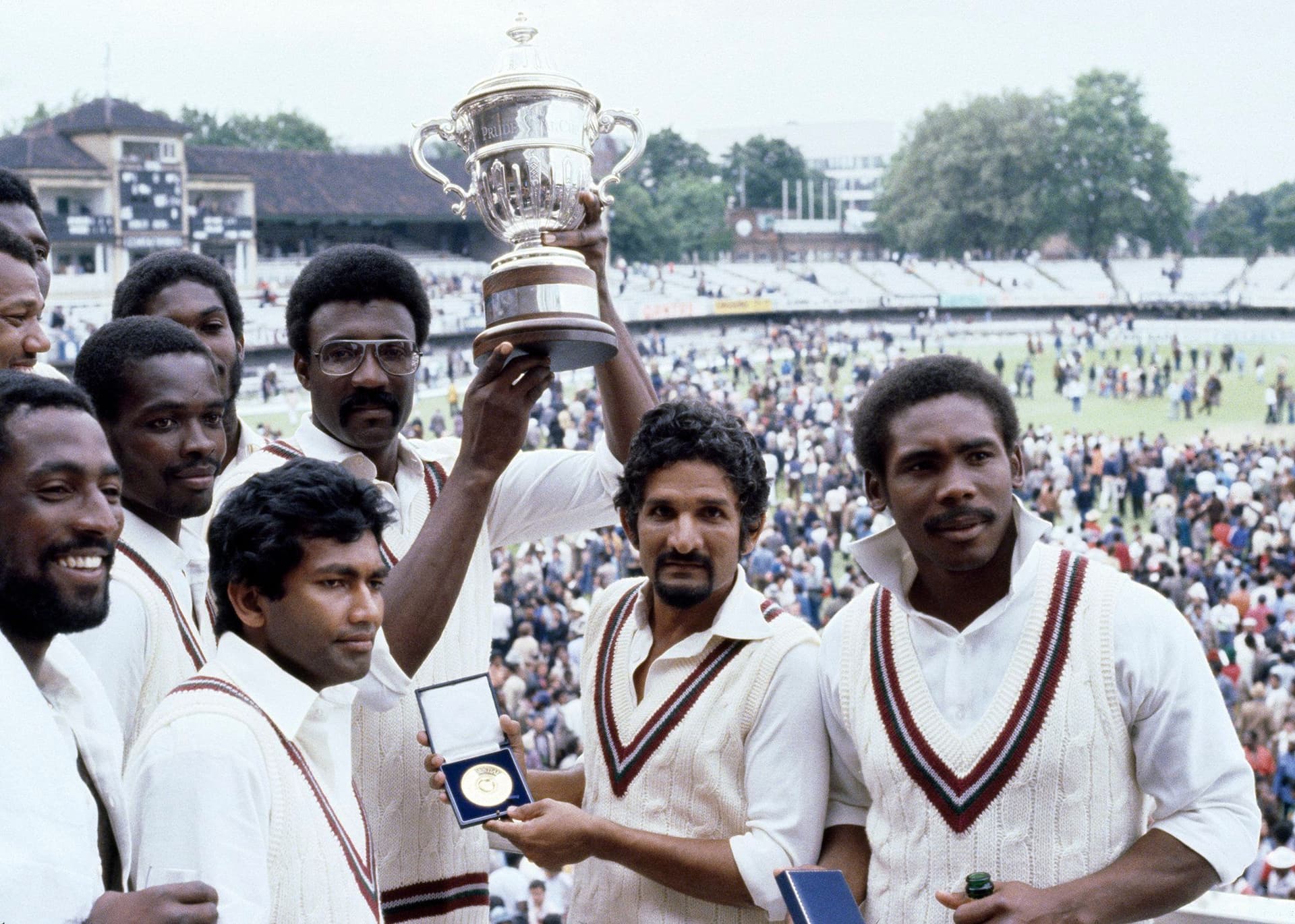Cricket
What is the DLS Method in Cricket
Know what is the DLS method in cricket and why is it the most effective way of revising targets in rain-interrupted matches. Also, learn how it is calculated.

The DLS method or the Duckworth-Lewis-Stern method in cricket is a mathematical formula that is used to revise and recalibrate the target scores for the team batting second or chasing a target in rain-interrupted matches.
The provision of having a reserve day, which was common in cricket previously, was becoming unfeasible with an increasing number of matches and the logistical and financial factors involved in it. This led the guardians of the game to invent mathematical calculations that provided a fairer and faster conclusion to games. However, the path was long and controversial.
When was the D/L method first used?
The DLS method was previously called the D/L method as statisticians Tony Lewis and Frank Duckworth had come up with this technique, which is the closest to concluding games truncated by the rain in the most fair way possible.
While Duckworth is the editor of the news magazine RSS (Royal Statistical Society), Lewis is the chairman of the Operational Research Society's Western Branch as well as a mathematics lecturer at the University of the West of England's Bristol Faculty of Computer Studies and Mathematics.
 The first successful test of the D/L method happened on January 1, 1997, during the second game of an ODI series between Zimbabwe and England. The rain-affected game had seen Zimbabwe winning by seven runs after the calculation was used.
The first successful test of the D/L method happened on January 1, 1997, during the second game of an ODI series between Zimbabwe and England. The rain-affected game had seen Zimbabwe winning by seven runs after the calculation was used.
While the England Cricket Board (ECB) and Zimbabwe Cricket Union (ZCU) had readily started using this method, the International Cricket Council (ICC) formally started applying this calculation for all international matches in 1999.
The D/L method became DLS in November 2014 when both Frank Duckworth and Tony Lewis retired, leaving Data Science professor Steven Stern to be in charge of the maintenance and upgrader of the methodology. An Australian academic from Bond University, Gold Coast, Stern updated the D/L formula ahead of the 2015 World Cup and became its custodian, thus lending his name to it.
What calculations were used before the DLS method?
Before the DLS method, cricket had used calculations like the Average Run Rate method, which was followed by the Most Productive Overs method, both of which turned out to be defective.
Average Run Rate Method
The ARR (Average Run Rate method) was used by ICC from the early 1950s to 1991 before a string of faulty decisions resulted in its termination. One of the most notable decisions taken by the ARR method was during an Australia vs West Indies clash during the 1988-89 World Series Cup.
Batting first, Australia had tallied 226 runs in 38 overs, handing the Caribbean a target of 227 runs. When rain interrupted the game in the second innings, West Indies were 47/2 in 6.4 overs, requiring 180 runs from 31.2 overs at a required run rate of 5.74.
Average Run Rate Method formula: Team 2's new target = (Team 1's Average Run Rate achieved × Overs available to Team 2) + 1.
Hence, when the West Indies team resumed batting after an 85-minute rain interruption, the ARR method reduced the match to 18 overs and revised the target to 108 (226 x 18/38 = 107.1),
While the Caribbean chased down the remaining 61 runs quite comfortably in 11.2 overs, this method gave the chasing team a huge advantage by reducing the required run rate. The Aussie fans, media and captain Allan Border had massively criticized the decision that led to the development of the Most Productive Overs method.
Most Productive Overs Method
Fairness was the need of the hour and the introduction of the Most Productive Overs Method was supposed to provide the same. However, this method could last only six years.
Most Productive Overs Method formula: Team 2's new target from their total of X overs = Runs scored by Team 1 in their highest-scoring X overs +1.
The biggest criticism of the MPO method, as compared to its predecessor, was that while the ARR method heavily favoured the team batting second, the MPO was hugely advantageous for the side batting first.
The clearest of such instances came during the 1992 World Cup semi-final between South Africa and England. Chasing 253 runs, the Proteas were left with 22 runs in 13 balls when the rain had interrupted for 12 minutes. However, when the play was resumed, MPO’s revised target was 21 runs in one ball.
 The impossible target wasn’t only targeted but also laughed at by one and all. The MPO method was later revised two times but it was clearly not the solution that the world cricket was seeking.
The impossible target wasn’t only targeted but also laughed at by one and all. The MPO method was later revised two times but it was clearly not the solution that the world cricket was seeking.
Revealing his exact moment of epiphany, Duckworth had said, “I recall hearing Christopher Martin-Jenkins on the radio saying 'surely someone, somewhere could come up with something better' and I soon realised that it was a mathematical problem that required a mathematical solution.”
What is the DLS formula and how does it work?
The situation of the match wasn’t considered by either the ARR or the MPO methods, which essentially meant that a team's remaining wickets were not taken into account as well. The DLS method solved this issue better than anyone as it updates the target score keeping an eye on the available resources - which are wickets and overs.
DLS Method Formula
The DLS method formula decides the target score or match outcomes by taking into account how many runs a team must score, or would have scored, if both the teams had the same resources available in that situation.
Hence, the DLS formula is - Team 2’s par score = Team 1’s score x (Team 2’s resources/Team 1’s resources)
When the match starts, both the teams have all the resources available, i.e., 50 overs and 10 wickets. The balls and wickets remaining at any given point of the match are expressed in percentages.
This particular percentage value of balls or wickets is extracted using a formula that takes into account the scoring pattern data in international matches over the past four years, a data analysis that is done on a sliding four-year window in ODIs and T20Is. Hence, on July 1 of every year, an entire new year’s data is added to the DLS methodology thus making DLS a self-evolving and sustainable method.
Recommended Articles

An M.A. in English Literature, Subhayan is an experienced journalist and sports writer. Having worked as a journalist at Hindustan Times, Subhayan covered diverse beats including sports, education, and health, showcasing his versatility and in-depth understanding of various subjects.


